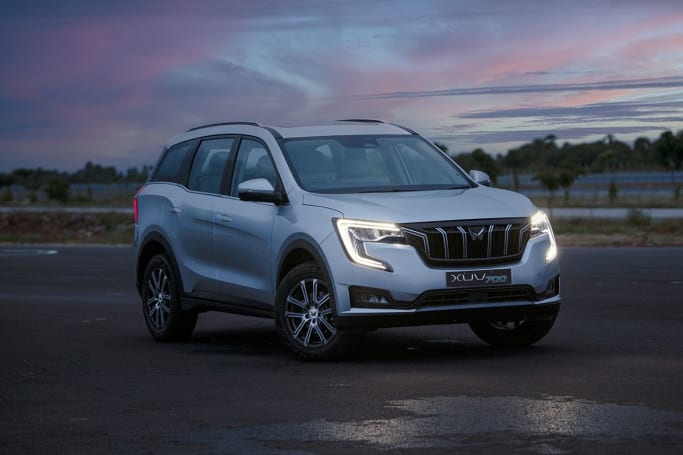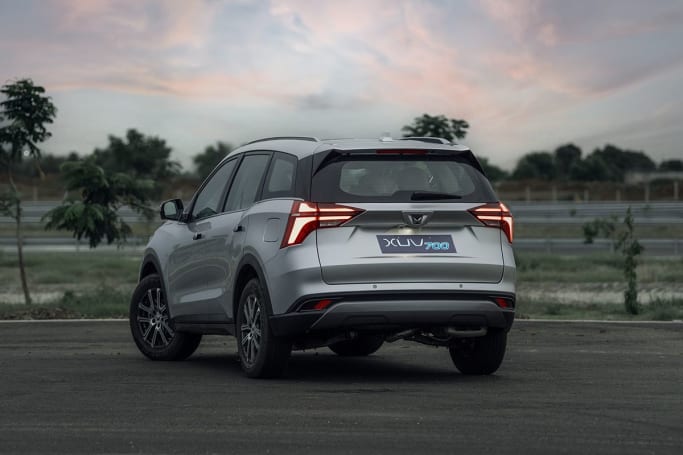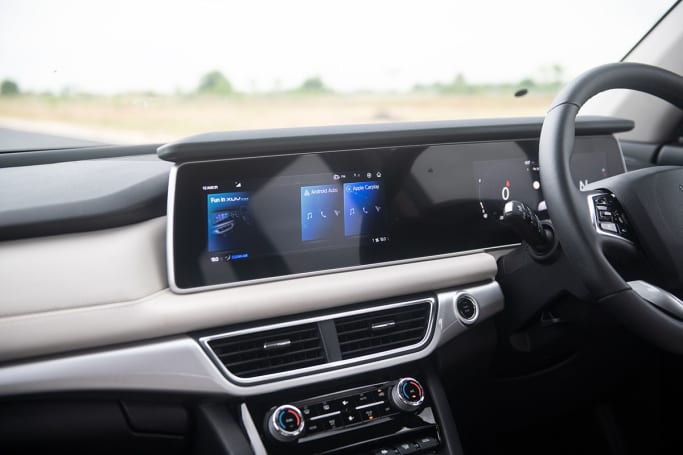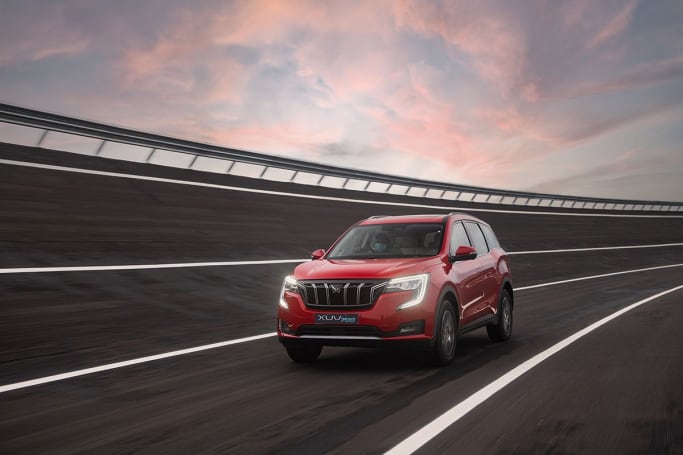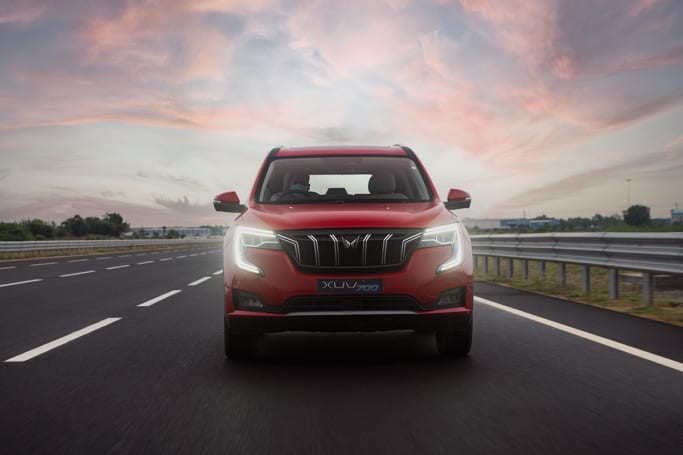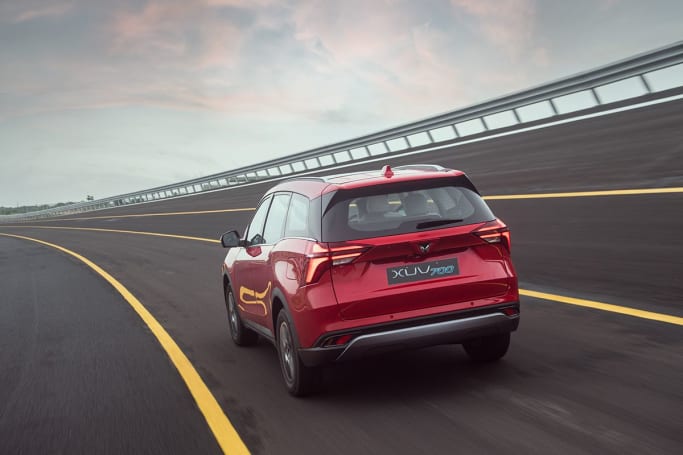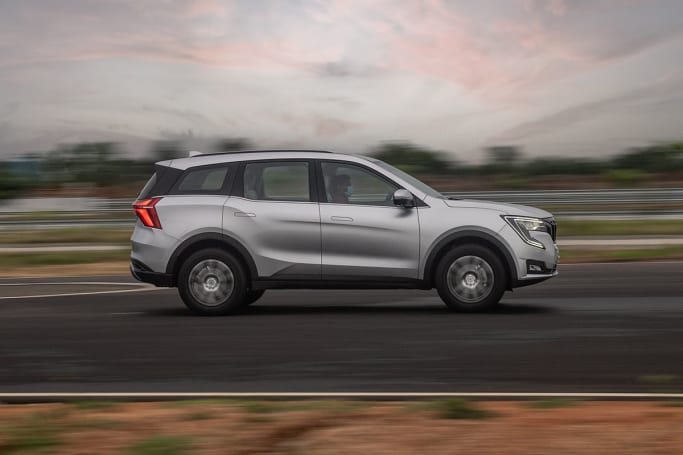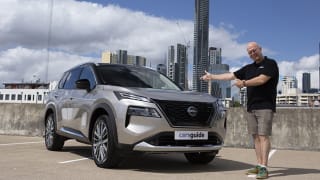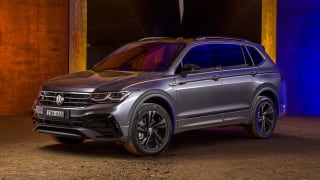Officially this is the XUV 7-Double-Oh. As in, James Bond 007, but in reverse.
It's also referred to as XUV700, but either way, the mid-sized Mahindra SUV represents compelling value from around $40,000 drive-away. Exact pricing will be revealed closer to its mid-June Australian launch.
Yes, that's about $13,000 more expensive than the cheapest XUV500, but as you'll soon discover, that's like comparing a Kia of today against one from 15 years ago. More on Mahindra's tech ascension a bit later on.

For now, keep in mind that even the base AX7 buys plenty of kit, including seven seats in synthetic leather trim, a powered driver's seat with memory setting, dual high-definition screens, a panoramic sunroof, LED headlights, push-button start, auto-on/off headlights, dusk/rain-sensing wipers, dual-zone climate control, a rear-view camera, Apple CarPlay/Android Auto connectivity and 18-inch alloys, amongst other items.
On the safety front you'll also find six airbags (front, side and curtain items that reach right to the third row to protect outboard occupants back there), as well as anti-lock brakes, electronic stability control and tyre-pressure monitors.
You'll also find the welcome inclusion of advanced driver-assist technologies like Autonomous Emergency Braking (AEB), forward-collision warning, lane-departure warning, lane keep assist, traffic-sign recognition, auto high-beam and adaptive cruise control. All are safety firsts for Mahindra in Australia.
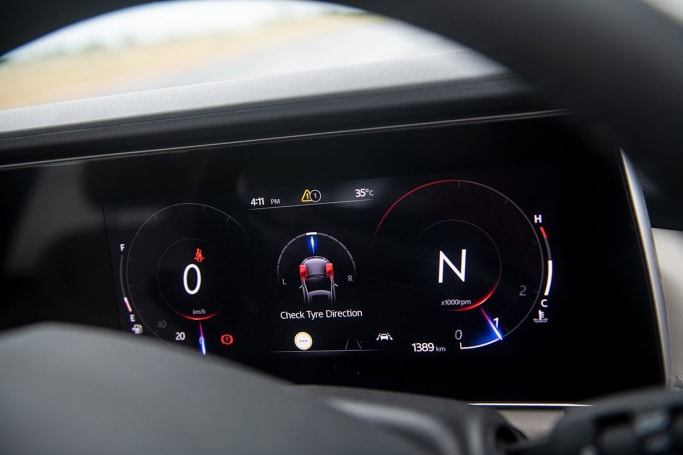
Note, however, that for adaptive cruise control with full stop/go functionality, blind-spot monitor and an additional knee airbag, you'll need to step up to the AX7 Luxury that is expected to be priced from about $45,000, or more.
This grade also ushers in a 360-degree surround-view camera, electric park brake, telescoping steering, wireless charging, upgraded audio with 12 speakers, continuous digital video recording and electrically retractable door handles – just like a Range Rover.
We can think of a couple of options that might be missing from the XUV700 feature list at launch, including an available powered tailgate, a head-up display for the instrumentation, heated/cooled front seats and keyless entry.
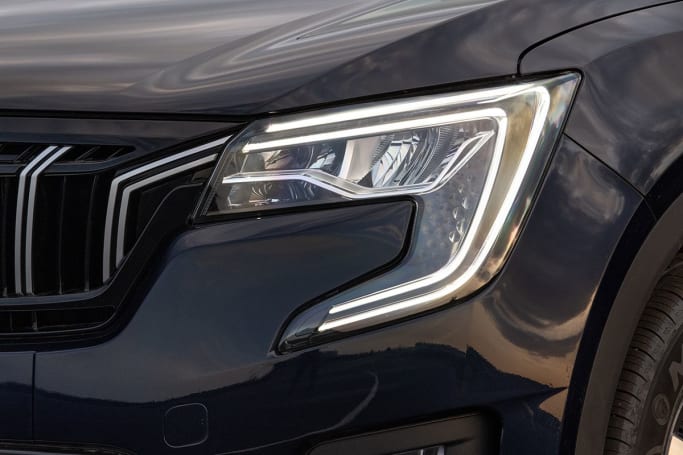
No ANCAP or Euro NCAP crash-test rating is available – though the XUV700 has picked up five stars in the different Global NCAP test.
Stay tuned because Mahindra will also release other Australian-market specific info soon – including dealer-network expansion, servicing, warranty and crash-test information.
But so far, so good.



